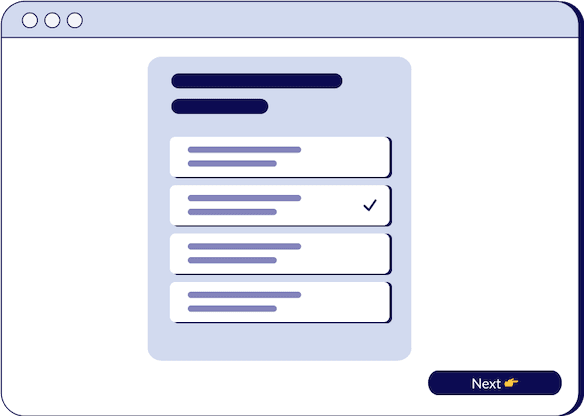
How to Introduce Pricing in A Proposal
Dan Smith
Chief Learning Officer at Winning by Design

- duration
- 4 min
- Average Score
- 66%
- Stars
- 5
Have you ever wondered how top sales reps handle the delicate topic of pricing without losing their client's interest? Recent statistics show that a significant percentage of sales fall through not because of the product or service quality, but due to mishandling the pricing conversation. This session delves into the nuances of pricing strategies that not only retain customer interest but also highlight the value of your offer.
The Initial Approach: Expertly Introducing Price
Pricing can be a tricky subject in sales conversations. One effective method to introduce it is by referencing third-party examples. For instance, mentioning, "That reminds me of someone like you! They spent $200k with us last year for a sales transformation." This technique not only brings up the price but also establishes credibility by showing that others have made significant investments and trusted your service.
Ballpark Pricing: Guiding Client Expectations
Introducing 'ballpark pricing' is another strategic move. It involves quoting a price range, like "$200k to $300k per year," which serves two purposes. Firstly, it sets a preliminary price expectation. Secondly, the range stimulates curiosity about what different price points offer, paving the way for deeper engagement.
Tying Impact to Price in Proposals
The proposal stage in sales is crucial. Here, pricing should be presented not as mere figures but as indicators of varying levels of impact. Avoid the trap of categorizing options as 'low-priced' versus 'premium.' Instead, illustrate how each tier offers different benefits and outcomes, aligning the price with the impact.
Avoiding the Discount Dilemma
A common pitfall in sales pricing is resorting to discounts. Discounts can inadvertently devalue the product or service you're offering. If a price reduction becomes necessary, ensure it's balanced by acquiring something of equal value in return, such as a multi-year contract or a marketing agreement.
Mastering the Pricing Conversation
Mastering pricing discussions involves more than just numbers. It's about aligning the client's budget with the value you offer. This requires understanding their needs, educating them about your services, and framing the conversation in a way that highlights the impact rather than just the cost.
Strategic Follow-Ups: Beyond the First Quote
The initial pricing discussion is just the beginning. The way you handle follow-up conversations, address concerns, and adapt your proposal based on client feedback is equally important. This iterative process not only helps in fine-tuning the offer but also strengthens the client relationship.
In summary, effective pricing strategies in sales revolve around timing, presentation, and the ability to tie the price to the value delivered. Remember, it's not just about quoting a figure; it's about guiding the customer through a journey where the price becomes a reflection of the transformative impact they can expect.
For a deeper dive into this topic and to enhance your sales skills, watch this session. It provides valuable insights and practical tips that can transform the way you approach pricing in your sales conversations.
How Triple Session works
Training, Testing, & Feedback
Triple Session's proven formula accelerates your sales performance through consistent, organized practice, backed by measurable results.

Bite-Sized Knowledge
Our expert-led video sessions simplify complex sales concepts into easy-to-digest 5-15 minute videos for better retention.

Test Your Understanding
After each session, there will be a quiz to test your understanding and help you improve on any areas that need more attention.

Evaluate and Grow
Get progress snapshots after each quiz to track your improvements and achieve your sales mastery goals.